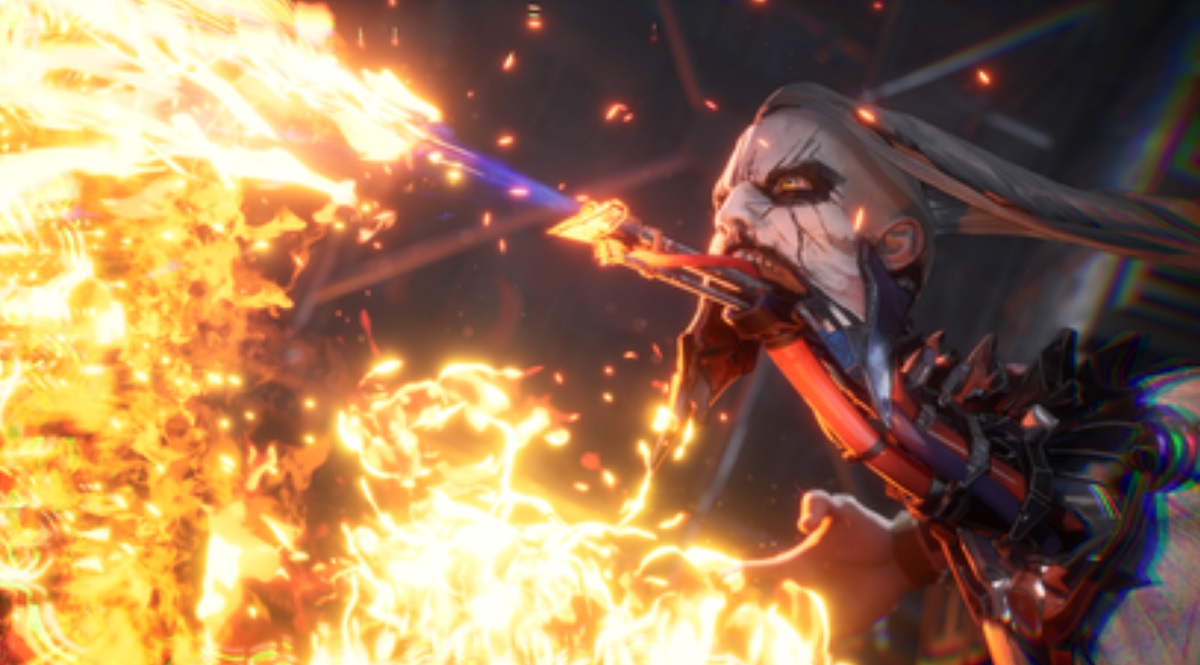In a lot of games, sound design is often considered secondary to graphics, story, cinematics, and character design. But with Ninja Theory’s Bleeding Edge four-on-four team brawler game, it’s takes on a greater importance.
That’s because the sound matters when you are listening for characters who might be coming at you from different directions. And when a character launches a special attack, you hear the familiar audio theme of that attack first, and that gives you a second or two to get away from it.

Unlock premium content and VIP community perks with GB M A X!
Join now to enjoy our free and premium membership perks.
![]()

![]()